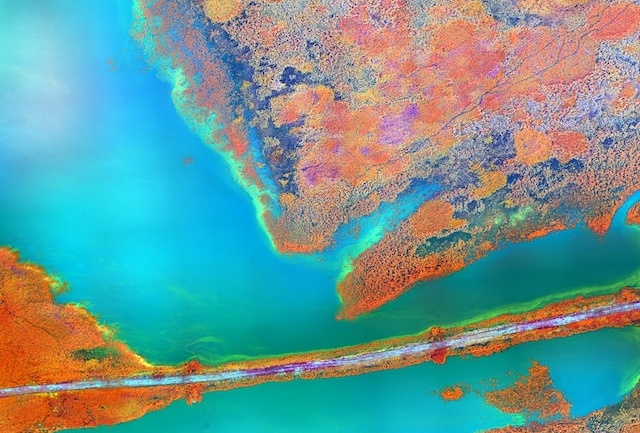By Brigitte Rodriguez, Publishing Associate: Researcher & Writer for Save The Water™ | May 09, 2024
Water is essential to the conservation of ecosystems and living organisms. It also enables the growth and development of society. However, we are faced with water pollution. Researchers are working on different treatments to purify water and make it safe for human consumption. Recently, a lethal contaminant that affects fish and the aquatic ecosystem has been detected.
What is This Lethal Compound?
Dihalogenated nitrophenols(2,6-DHNPs) are aromatic by-products of disinfection. This contaminant has been detected in sewage effluent, swimming pools, and drinking water. Moreover, it is a potent toxicant and a risk to the aquatic ecosystem and human health.
Effects on Aquatic Life
This lethal pollutant affects aquatic organisms such as fish, algae, and corals. Some of the effects of 2,6-DHNPs on the aquatic system are:
- Toxicity to aquatic organisms
- Bioaccumulation
- Effect on the survival rate and development of the hydrobiological biodiversity
- Water quality degradation
Recent research shows that the 2,6-DHNPs exhibit 248 times more lethal toxicity than regulated disinfection byproducts. In addition, sublethal concentrations in living organisms cause apoptosis (cell death) and generate cardiac problems in zebrafish.
One of the most worrying aspects is their capacity to accumulate in the tissues of aquatic organisms. Over time, these contaminants can reach the top of the food chain. This represents a serious risk to human health, as these contaminants can pollute our food.
Risk to Human Life
2,6-DHNPs represent a threat to public health as well. The contaminant is highly toxic and difficult to remove. This puts human health and drinking water safety at risk. Humans could be exposed to or ingest high concentrations of contaminated hydrobiological products. This compromises the food chain and food safety.
Some Useful Technologies
Several innovative technologies are currently available to remove 2,6-DHNPs from water resources:
- Granular Activated Carbon (GAC): This treatment is initiated by applying heat to activate the carbon surface. The water passes through a filter containing the carbon. This allows the removal of dissolved chemicals present in the water. Additionally, the carbon’s porosity leads to chemical adsorption and water purification.
- Ion exchange: This is a chemical process that removes unwanted ions dissolved in water and replaces them with similarly charged ions. One of the advantages of using this treatment is its low cost.
- Advanced Oxidation Processes (AOPs): This technology allows the complete elimination of contaminants and is highly efficient. It works by combining different processes of ultraviolet radiation or ozone to remove the contaminants. It uses hydrogen peroxide as a catalyst to speed up the chemical reaction. This enables the elimination of contaminants from water bodies.
Looking Ahead
2,6-DHNPs resist traditional water purification methods, such as boiling and filtration. Thus, there’s an urgent need to develop more advanced technologies to remove these contaminants. Doing so will protect public health and the planet’s aquatic ecosystem.





